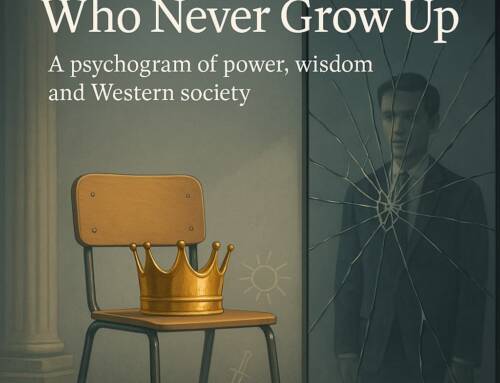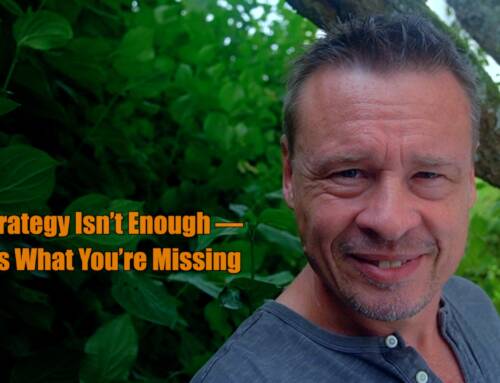When it comes to collaboration and teamwork, the old saying goes “If you want to go fast, go alone. If you want to go far, go together!” But is this really an African proverb as keynote speakers usually say? And more importantly, is it always that straightforward?
The context in which we make decisions is key to determining the best course of action. Cooperation is at the core of our culture and has been a driving force in our evolution as a species. However, this saying oversimplifies the complexity of collaboration.
Instead of accepting the generalized conclusion, we should think first, no matter if we want to go fast or far. To make a good decision on whether to work alone or with others, we need to consider who is available to help us and all the contextual factors that may impact our efforts.
For example, if you’re 54 and need to accomplish a physically demanding task, a team of fit 25-year-olds might be able to help you move things along quickly. But if you’re planning a long trip around the world, those same 25-year-olds might not be the best choice, as they may lack the stamina and street-smarts to handle humanly complex situations.
Moving forward with others can be hugely beneficial, but it’s crucial to consider who we work with and the conditions under which the effort is launched. This is not only matter of time it takes. Cooperation is notoriously slow. Yes, but this slowness is usually caused by certain issues that can be resolved. Cooperative efforts are not slow necessarily.
So, there can be many factors to consider to walk it alone or not. The challenge is to identify and balance them all. In short, it can also be wise to go on a quick trip with others and a long trip alone.
Remember, speed and distance aren’t the only things to consider when making a decision on collaboration. The people we work with and the conditions are just as important.
NB: The article was created with support of chatgpt and the visual with DALL-E





